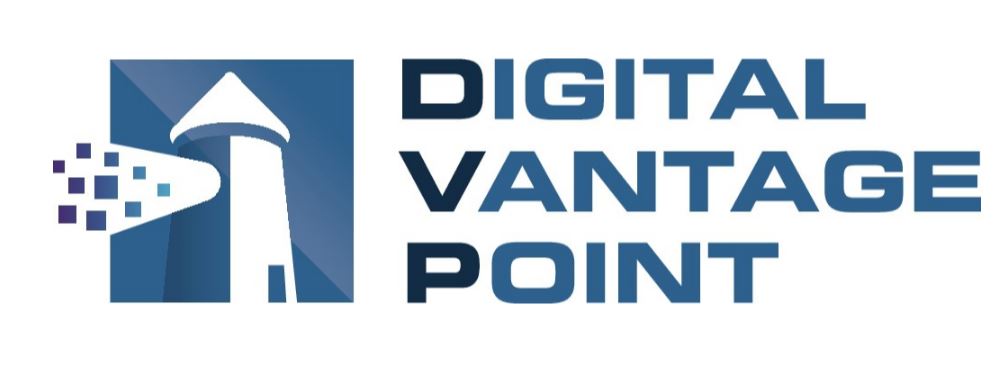e-Commerce Managers – Are You Ready? New Unified Content Manager for integrated e-Commerce for NAV / Business Central
“There are so many new ways to serve customers. Technology, data, and information are opening new doors for us to lead through. Our purpose of saving people money will always be relevant, but we’ll do it in new ways” – Doug McMillon (CEO, Walmart)
The desire to serve our customers in new ways has always been the guiding principle for our team here at Digital Vantage Point. We are always exploring ways to make our customers’ experiences easier and help them fall in love with technology again. It is this passion that drove us to release our brand new Unified Content Management System (CMS), now implemented into Nav-to-Net 9.0.
The content management approach in Nav-to-Net has been consistent for many years, using NAV’s existing page layout options. The latest version of our solution takes content management in NAV and Business Central to a whole new level. Our newest product takes advantage of NAV’s support for custom pages – fully custom yet fully integrated pages – that allowed us to leverage JavaScript and additional functionality to deliver an elegant content management interface this is still right within NAV.
One of our objectives was to further improve the experience of marketing people who want to use Nav-to-Net to maintain information about web products, associate them with categories and product variations as well as leverage them in parametric searching.
Our new item CMS balances the Nav/Business Central interface we all know with the integrated tools to make Item management on Nav-to-Net robust and efficient. Everything about presenting products online can be found here, on our Unified Content Management System. It doesn’t open a new window, keeps everything together and keeps it all consistent.
Here’s a quick review of some of the features that will help marketing people fall in love with this new CMS.
The menu list on the left side of the figure above gives access to all of the key content management requirements that a web product exposes. It intelligently changes based on what management options are available to particular items.
Web setup maintains the key information necessary for a product to be available on the website.
Documents enable marketers to manager all item content types like the short description and multi-language extended description, reviews, search keywords, metadata, and much more.
Image management has been dramatically improved with the newly implemented built-in image editing tool. This tool lets us resize, crop, and transform our images or change their color and contrast. We can even clone an existing image into another image. So if we only have main images but we need thumbnail images, we can now clone the main image into a thumbnail image which will dynamically reduce its size thus boosting the performance on the website. Right within NAV, we’ve implemented some very straightforward, very useful image manipulation tools that apply to all three of the image types that you need to deal with – thumbnail, main, and enlarged and as always, you can put as many images as you like into CMS for a product.
Files can be set up for any web product whether your business requires PDF assembly instructions and warranty guides or audio samples and ‘How to’ video files to be presented online.
Item attributes like color or size or material, etc. can be assigned at the item level or even variant level. Our new CMS has even more flexibility to map these attributes to item children and to variants (see below).
Categories and subcategories can be selected directly from the CMS and we can define exactly where we want to put an item by one or more categories across different catalogs as needed.
Child items or children can be assigned to a parent item in Nav-to-Net which mimics the behavior of variants without needing to set up your items as variants in NAV if that is your preference.
Up-sells/ Cross-sells like Accessories and Recommended items associated with the main product can be managed directly within the CMS tool
Slugs is a new mechanism for mapping pages and content to custom URLs and is a new feature of Nav-to-Net that really increases the level of power around the product’s SEO capabilities and takes advantage of URL renaming and rewriting.
Child/Variant Attributes can be set up and associated with child items or variants right from within this CMS tool. What’s really powerful is that it is designed to give an easy to setup experience to marketing or webstore managers. It can all be done in one area of this new CMS, eliminating any excessive back and forth thus enhancing the experience.
Axis is a slightly more advanced concept in Nav-to-Net but it simply defines where and in what orientation attributes are going to be presented on the webpage.
Quick Attributes is the probably the most efficient improvement of this new CMS that will help our customers and their marketing staff use this product. Quick attributes give us a really easy and fast way of populating every item’s attributes as it lays out all of the different attribute types and all of their values very clearly in one place. This enables you to iterate through them all and make rapid changes as needed. There are built-in options to copy the existing attribute values from one item and populate the next or previous item with the same values, allowing marketers to reduce the effort needed to apply the small differences between items.
So, overall, the objective here is to dramatically simplify and to make it even more appealing for webstore marketing teams to manage content right within Microsoft Dynamics NAV and Business Central.
Here’s a video tour of the new CMS for NAV integrated webshop.
Got 4 Minutes? Here’s a superfast preview of NAV / Business Central Seamlessly Integrated e-Commerce.
Whitepaper: 5 Reasons Dynamics NAV Business Central Should be the Master Copy of Your eCommerce







